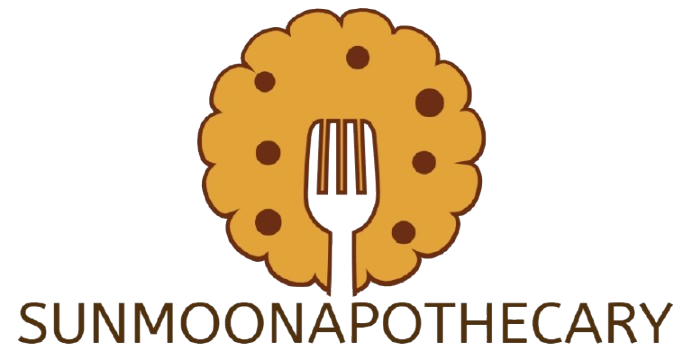In a world saturated with grim headlines, it’s refreshing to turn our gaze toward stories that uplift and inspire. From scientific breakthroughs to heroic animals, this week’s good news highlights the powerful ways humanity—and nature—continues to show resilience, creativity, and compassion.
Superfoods vs. Microplastics: Nature’s Nutritional Defense
In the face of mounting concern over microplastic contamination in our food, cosmetics, and environment, new research offers a natural solution hidden in your produce drawer. A study published in the Journal of Pharmaceutical Analysis reveals that colorful fruits and vegetables, particularly those rich in anthocyanins, can counteract some of the harmful effects microplastics have on the body—especially the reproductive system.
Anthocyanins are the pigments responsible for the vivid red, blue, and purple hues in foods like blueberries, eggplants, and red cabbage. The researchers discovered that these antioxidant compounds not only help reduce oxidative stress but also shield the body from cellular damage inflicted by microplastic exposure.
In a world where these invisible toxins seem nearly unavoidable, your plate may be one of your best defenses. The takeaway? Eat the rainbow—not just for beauty, but for protection.
Chewing Gum That Fights Viruses? It’s Real.
Imagine freshening your breath and lowering your viral load in the same chew. Scientists in Pennsylvania have developed an antiviral chewing gum derived from the Australian pea plant, packed with a protein that inhibits the spread of influenza and herpes simplex viruses (HSV-1). The gum has been shown to significantly reduce the concentration of these viruses in the mouth, thereby lowering the chance of transmission.
With flu season affecting millions each year and HSV-1 continuing to be a global health concern, this breakthrough offers a simple and accessible tool in the fight against communicable diseases. While not a replacement for vaccines or other treatments, it’s a powerful addition to the public health arsenal—and one you can keep in your pocket.
Wildlife and Ranchers: A Colorado Collaboration
A historic agreement in Colorado has opened the gates—literally—for migrating elk. In a landmark deal, a rancher has teamed up with a conservation organization to allow migratory wildlife access through his private land in exchange for help covering land lease costs.
This collaboration is a win-win for both humans and animals. It ensures the rancher can continue operations while allowing elk to follow their natural migration routes without barriers. The agreement honors a long tradition of American conservation innovation, building on a legacy that includes national parks and wildlife corridors.
This is conservation not by conflict, but by cooperation—paving the way for more landowners to become stewards of the ecosystems they inhabit.
Lost Toddler Found—With Help from a Heroic Dog
In the rugged Arizona high desert, where mountain lions roam and survival is never guaranteed, a two-year-old boy named Boden Allen wandered seven miles from his family’s property. After more than 16 hours of searching, hope was beginning to fade—until help arrived on four paws.
Buford, a large, gentle Pyrenees owned by a local rancher, trotted up a mountain path with little Boden in tow. The dog had apparently found the toddler and calmly guided him back toward safety. Boden, dehydrated and tired but otherwise unharmed, recounted how Buford had stayed by his side throughout the night.
It’s the kind of story that reads like folklore, but it’s very real—and a powerful reminder of the deep bonds between humans and animals.
Scotland’s Solar Future: Community-Owned and Locally Powered
On the Isle of Arran, Scotland, a vision of sustainable community living is coming to life. The Glenkiln Solar Farm—a 6 MW project slated for completion in 2027—has received the green light. It will produce enough clean electricity to power a quarter of the island’s homes.
What sets this project apart is its ownership model: it is entirely community-owned through Arran Community Renewables, a Benefit Society founded in 2020. The farm is funded by members, for members, ensuring that both environmental and economic benefits stay rooted in the local community.
With a price tag of £5 million, the project symbolizes more than energy independence—it’s a blueprint for how collective action and green innovation can thrive hand in hand.
Why These Stories Matter
In a media landscape often dominated by division and despair, good news can feel like a radical act. But stories like these show us that progress, however incremental, is happening all around us.
Whether it’s a blueberry defending your cells, a child led to safety by a loyal dog, or a farmer forging new paths in conservation, hope is more than a feeling—it’s a series of choices, commitments, and collaborations.
So let’s celebrate those who dare to make a difference. Let’s invest in the everyday heroes—the researchers, ranchers, youth inventors, and even dogs—who remind us that solutions are possible, and that sometimes the smallest actions can make the biggest impact.
Because in the end, it’s not just about changing headlines. It’s about changing hearts.

